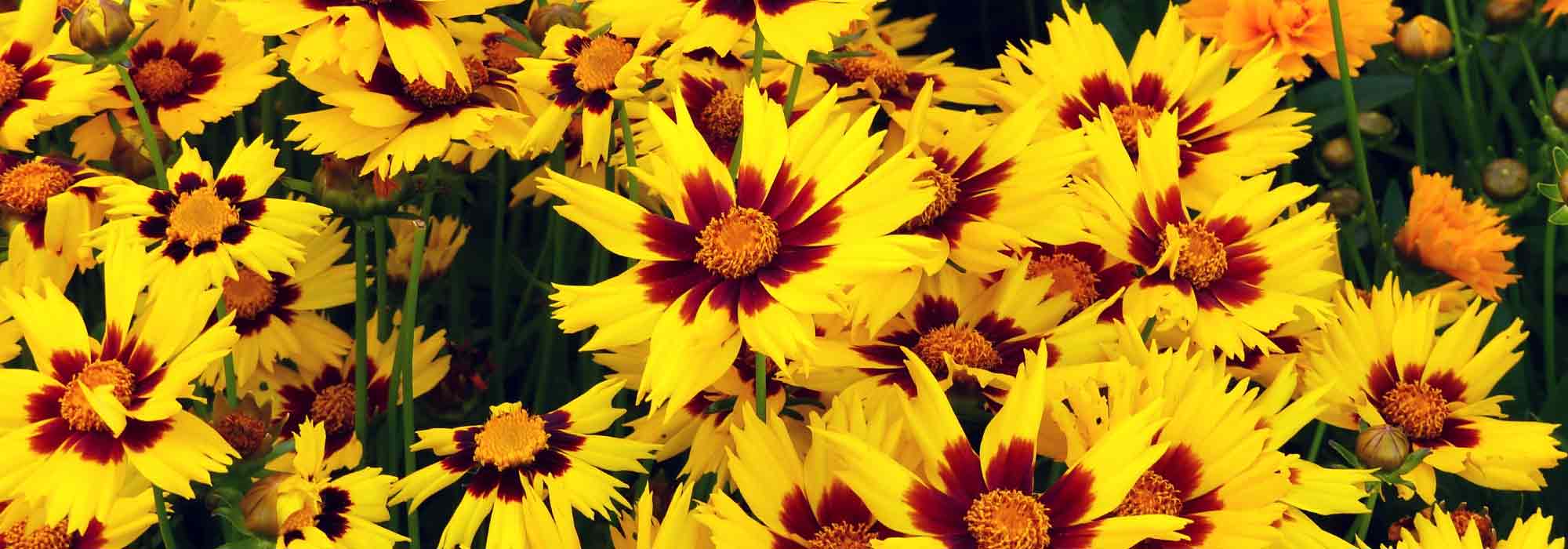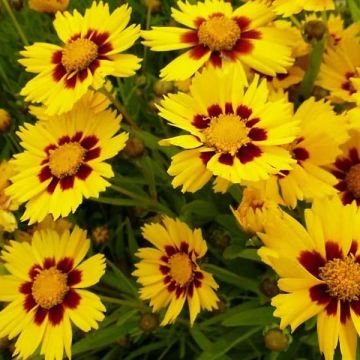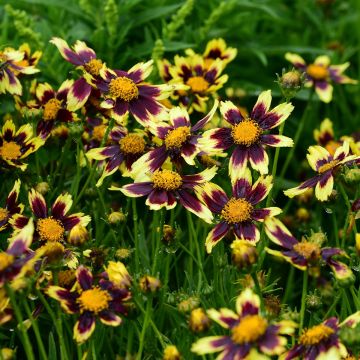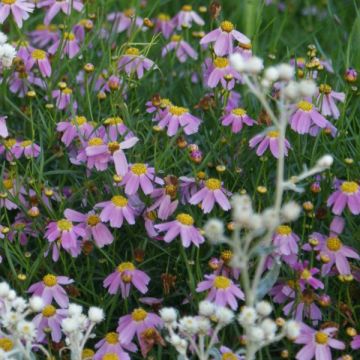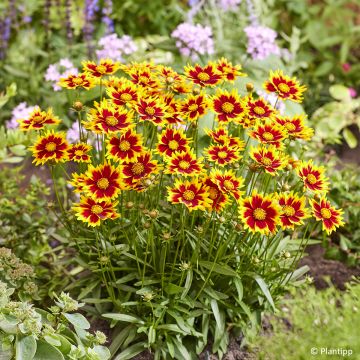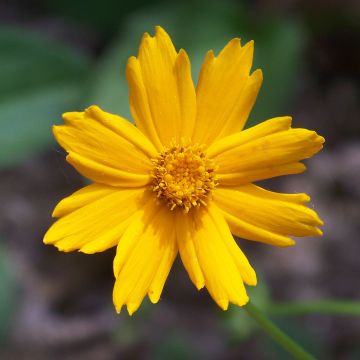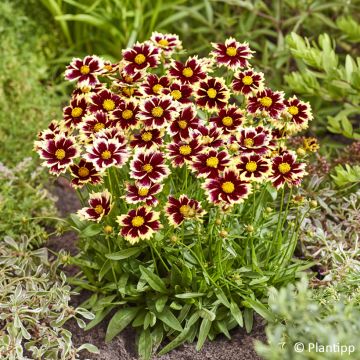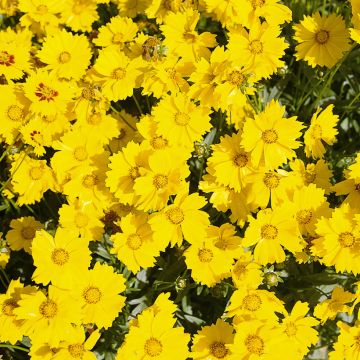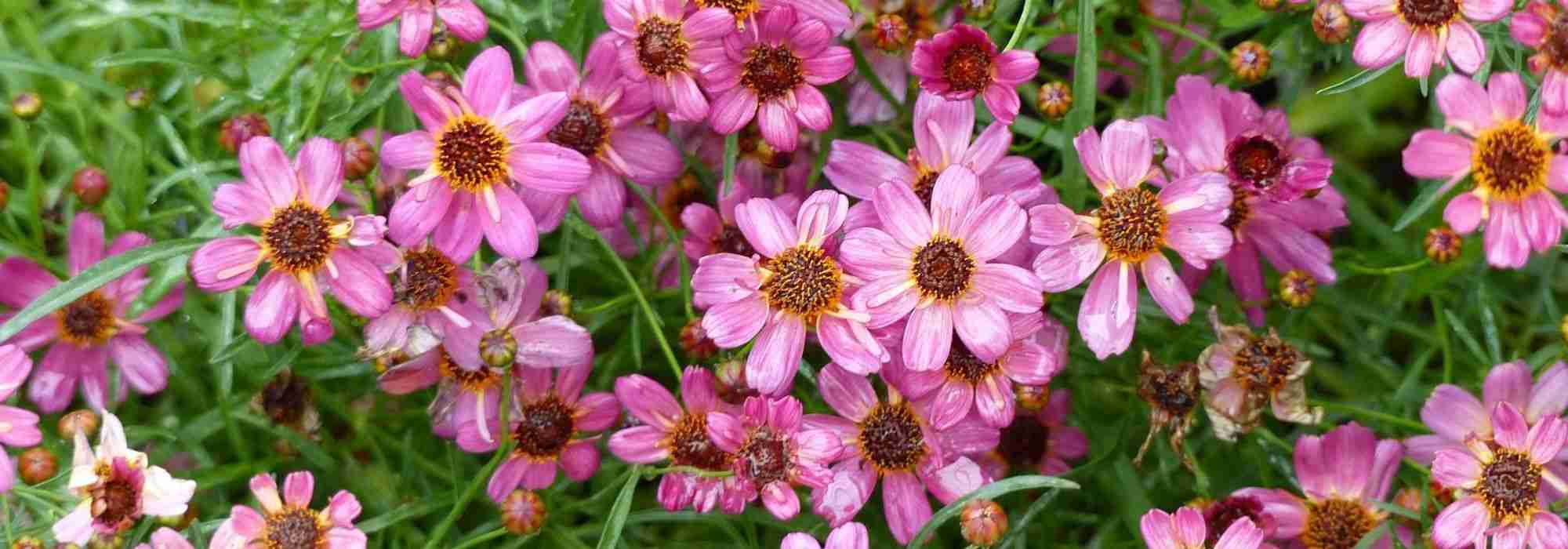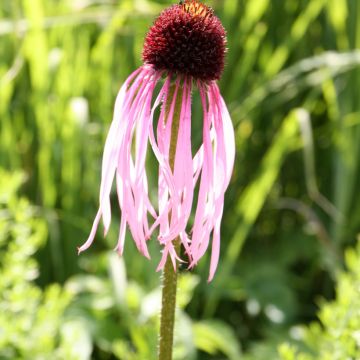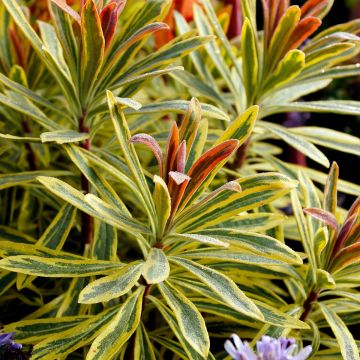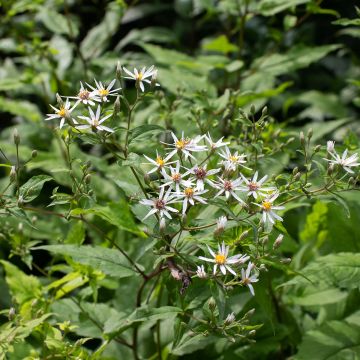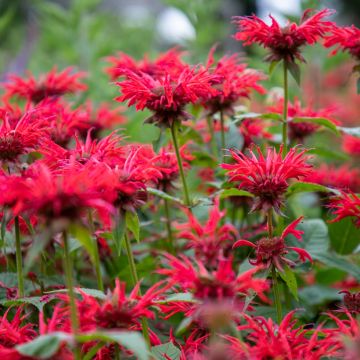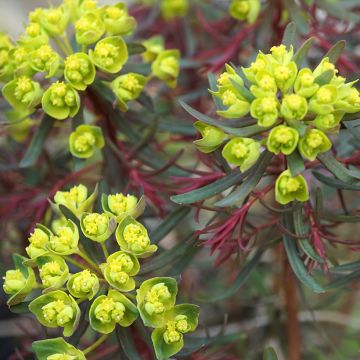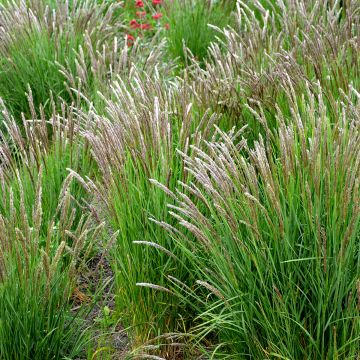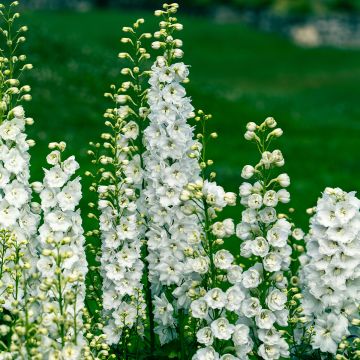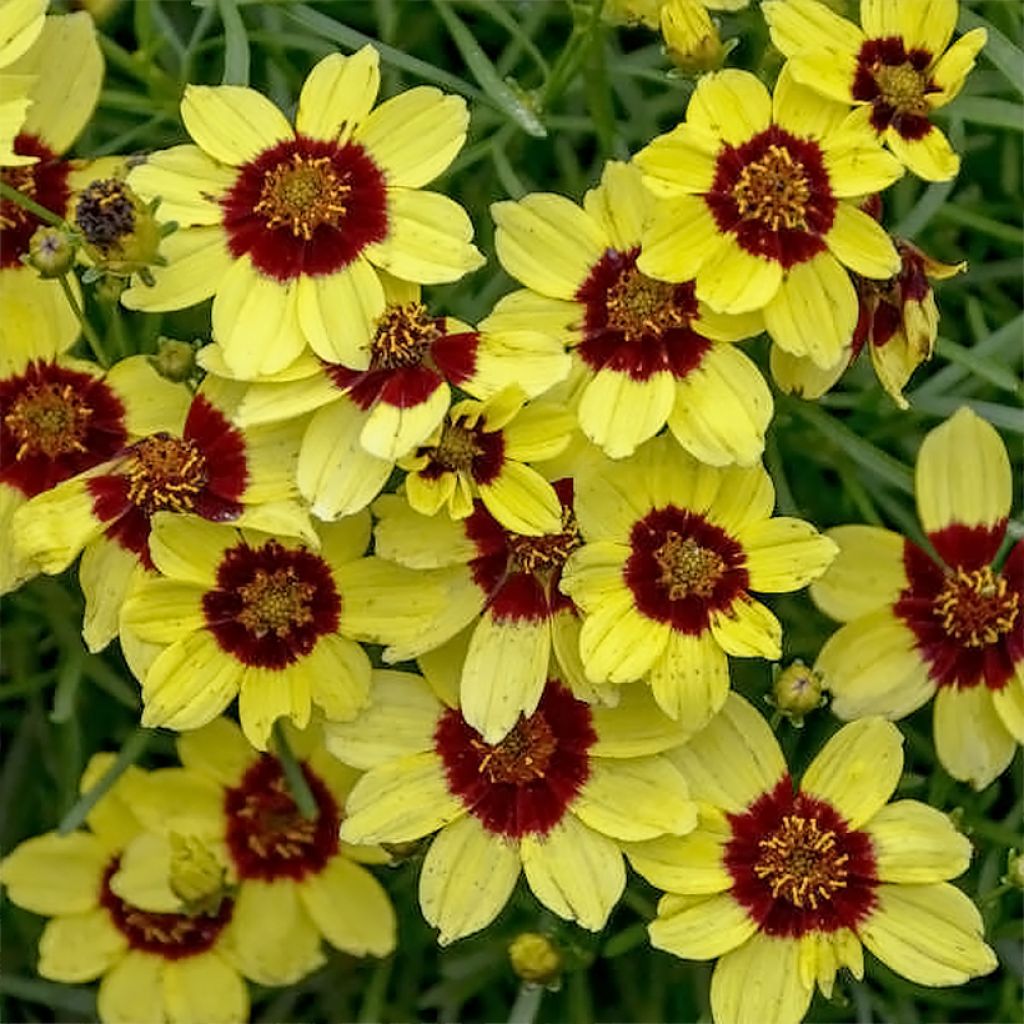

Coreopsis verticilla Sassy Saffron
Coreopsis verticilla Sassy Saffron
Coreopsis verticillata SIZZLE & SPICE® 'Sassy Saffron' PP31393
Threadleaf Coreopsis, Whorled Coreopsis, Thread-leaved Tickseed, Needle Tickseed
Special offer!
Receive a €20 voucher for any order over €90 (excluding delivery costs, credit notes, and plastic-free options)!
1- Add your favorite plants to your cart.
2- Once you have reached €90, confirm your order (you can even choose the delivery date!).
3- As soon as your order is shipped, you will receive an email containing your voucher code, valid for 3 months (90 days).
Your voucher is unique and can only be used once, for any order with a minimum value of €20, excluding delivery costs.
Can be combined with other current offers, non-divisible and non-refundable.
Home or relay delivery (depending on size and destination)
Schedule delivery date,
and select date in basket
This plant carries a 12 months recovery warranty
More information
We guarantee the quality of our plants for a full growing cycle, and will replace at our expense any plant that fails to recover under normal climatic and planting conditions.
Would this plant suit my garden?
Set up your Plantfit profile →
Description
The Coreopsis verticillata 'Sassy Saffron', also known as Whorled Tickseed, from the 'Sizzle & Spice' collection, blooms abundantly throughout the summer on very fine, needle-like, green-grey foliage forming a well-rounded and neat shrub. Its large, star-shaped, bicoloured flowers are a bright lemon yellow, contrasted with a dark mahogany colour, infused near the central disk. Its undemanding nature and love for the sun make it suitable for well-exposed slopes and challenging conditions. It is also a disease-resistant variety, remarkable in potted plants and bouquets.
The Coreopsis verticillata belongs to the Asteraceae family. It is native to the plains of Central America, Mexico, and the southeastern United States. 'Sassy Saffron' is a cultivar selected by Walters Gardens in the United States. This deciduous, rhizomatous herbaceous perennial, with a woody base, has a spreading habit, highly branched, compact, and particularly rounded. It reaches a height of 40 cm (16in) with a spread of 60 cm (24in) at maturity. The flowering period extends from July to September. The pale yellow, 4 cm (2in) in diameter, flowers open from rounded buds and are arranged in whorls of 3 along the slender stems. The 8 outer ligules, wide and broad, form a lemon-yellow and mahogany-brown edge surrounding a red-brown centre. The foliage, dark green and deciduous, consists of leaves 6 cm (2in) long, finely divided into linear leaflets. The plant slowly spreads through a tangle of slender, non-trailing rhizomes.
The Coreopsis verticillata 'Sassy Saffron' is a perennial with multiple uses. It thrives in a rock garden with carnations, yarrow, sneezeweed, or in a herbaceous border alongside Teucrium chamaedrys or x lucidrys, thyme, and cotton-lavender. In a pot or container, this plant blooms continuously from the first year. For a beautiful summer display, it can be paired with calamint and catmint whether in the ground or in a large pot, requiring very little water.. It is also a lovely flower for summer bouquets, bringing a little taste of sunshine indoors.
Coreopsis verticilla Sassy Saffron in pictures
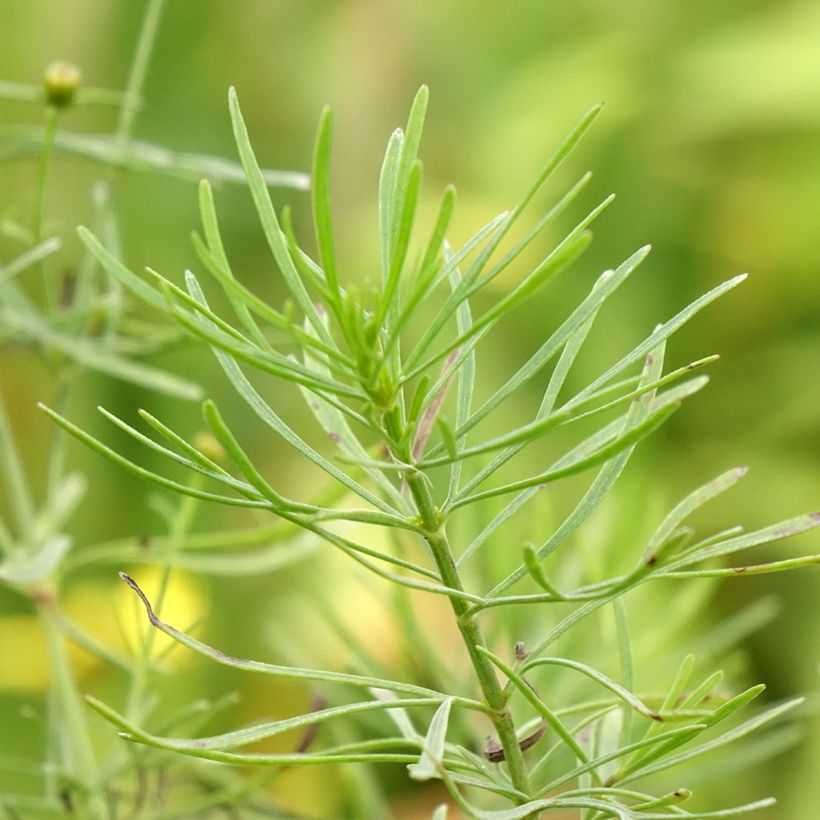

Flowering
Foliage
Plant habit
Botanical data
Coreopsis
verticillata
SIZZLE & SPICE® 'Sassy Saffron' PP31393
Asteraceae
Threadleaf Coreopsis, Whorled Coreopsis, Thread-leaved Tickseed, Needle Tickseed
Cultivar or hybrid
Other Coreopsis - Tickseed
View all →Planting and care
Perennial coreopsis are sensitive to winter moisture and heavy soils. These plants require full sun, even intense sun, to flower well. They prefer fresh to dry, light, porous, gravelly or sandy soil, always very well-drained, slightly acidic, neutral, and slightly limey, even if it is poor. They will also adapt well to humus-rich and fresh soil, provided the drainage is perfect. When these plants grow in these conditions, they bloom for a long time. To encourage them to bloom again, it's best to remove the flowers that have faded, especially towards the end of August. This will help them grow and bloom better.
Planting period
Intended location
Care
Planting & care advice
This item has not been reviewed yet - be the first to leave a review about it.
Similar products
Haven't found what you were looking for?
Hardiness is the lowest winter temperature a plant can endure without suffering serious damage or even dying. However, hardiness is affected by location (a sheltered area, such as a patio), protection (winter cover) and soil type (hardiness is improved by well-drained soil).

Photo Sharing Terms & Conditions
In order to encourage gardeners to interact and share their experiences, Promesse de fleurs offers various media enabling content to be uploaded onto its Site - in particular via the ‘Photo sharing’ module.
The User agrees to refrain from:
- Posting any content that is illegal, prejudicial, insulting, racist, inciteful to hatred, revisionist, contrary to public decency, that infringes on privacy or on the privacy rights of third parties, in particular the publicity rights of persons and goods, intellectual property rights, or the right to privacy.
- Submitting content on behalf of a third party;
- Impersonate the identity of a third party and/or publish any personal information about a third party;
In general, the User undertakes to refrain from any unethical behaviour.
All Content (in particular text, comments, files, images, photos, videos, creative works, etc.), which may be subject to property or intellectual property rights, image or other private rights, shall remain the property of the User, subject to the limited rights granted by the terms of the licence granted by Promesse de fleurs as stated below. Users are at liberty to publish or not to publish such Content on the Site, notably via the ‘Photo Sharing’ facility, and accept that this Content shall be made public and freely accessible, notably on the Internet.
Users further acknowledge, undertake to have ,and guarantee that they hold all necessary rights and permissions to publish such material on the Site, in particular with regard to the legislation in force pertaining to any privacy, property, intellectual property, image, or contractual rights, or rights of any other nature. By publishing such Content on the Site, Users acknowledge accepting full liability as publishers of the Content within the meaning of the law, and grant Promesse de fleurs, free of charge, an inclusive, worldwide licence for the said Content for the entire duration of its publication, including all reproduction, representation, up/downloading, displaying, performing, transmission, and storage rights.
Users also grant permission for their name to be linked to the Content and accept that this link may not always be made available.
By engaging in posting material, Users consent to their Content becoming automatically accessible on the Internet, in particular on other sites and/or blogs and/or web pages of the Promesse de fleurs site, including in particular social pages and the Promesse de fleurs catalogue.
Users may secure the removal of entrusted content free of charge by issuing a simple request via our contact form.
The flowering period indicated on our website applies to countries and regions located in USDA zone 8 (France, the United Kingdom, Ireland, the Netherlands, etc.)
It will vary according to where you live:
- In zones 9 to 10 (Italy, Spain, Greece, etc.), flowering will occur about 2 to 4 weeks earlier.
- In zones 6 to 7 (Germany, Poland, Slovenia, and lower mountainous regions), flowering will be delayed by 2 to 3 weeks.
- In zone 5 (Central Europe, Scandinavia), blooming will be delayed by 3 to 5 weeks.
In temperate climates, pruning of spring-flowering shrubs (forsythia, spireas, etc.) should be done just after flowering.
Pruning of summer-flowering shrubs (Indian Lilac, Perovskia, etc.) can be done in winter or spring.
In cold regions as well as with frost-sensitive plants, avoid pruning too early when severe frosts may still occur.
The planting period indicated on our website applies to countries and regions located in USDA zone 8 (France, United Kingdom, Ireland, Netherlands).
It will vary according to where you live:
- In Mediterranean zones (Marseille, Madrid, Milan, etc.), autumn and winter are the best planting periods.
- In continental zones (Strasbourg, Munich, Vienna, etc.), delay planting by 2 to 3 weeks in spring and bring it forward by 2 to 4 weeks in autumn.
- In mountainous regions (the Alps, Pyrenees, Carpathians, etc.), it is best to plant in late spring (May-June) or late summer (August-September).
The harvesting period indicated on our website applies to countries and regions in USDA zone 8 (France, England, Ireland, the Netherlands).
In colder areas (Scandinavia, Poland, Austria...) fruit and vegetable harvests are likely to be delayed by 3-4 weeks.
In warmer areas (Italy, Spain, Greece, etc.), harvesting will probably take place earlier, depending on weather conditions.
The sowing periods indicated on our website apply to countries and regions within USDA Zone 8 (France, UK, Ireland, Netherlands).
In colder areas (Scandinavia, Poland, Austria...), delay any outdoor sowing by 3-4 weeks, or sow under glass.
In warmer climes (Italy, Spain, Greece, etc.), bring outdoor sowing forward by a few weeks.






























